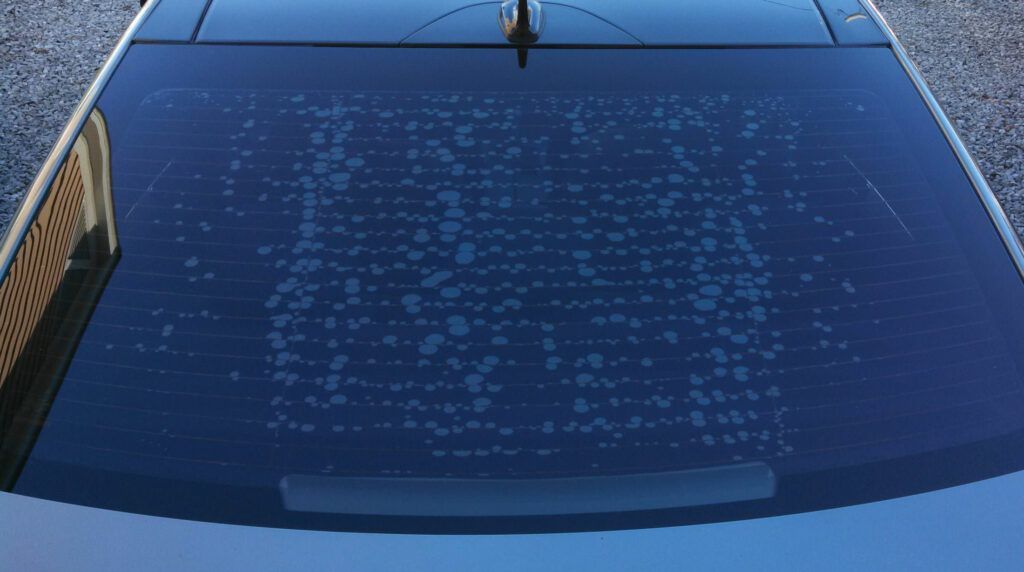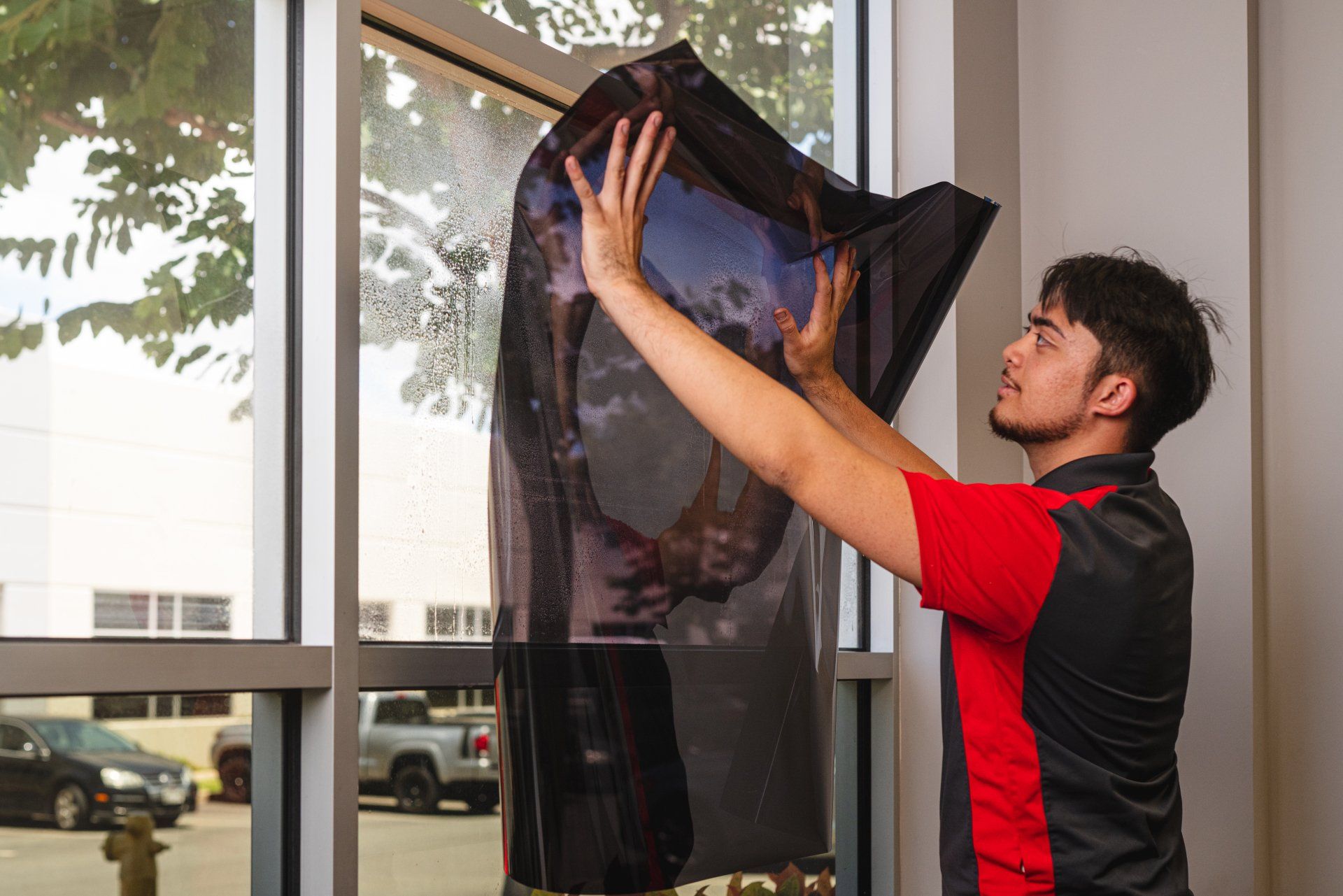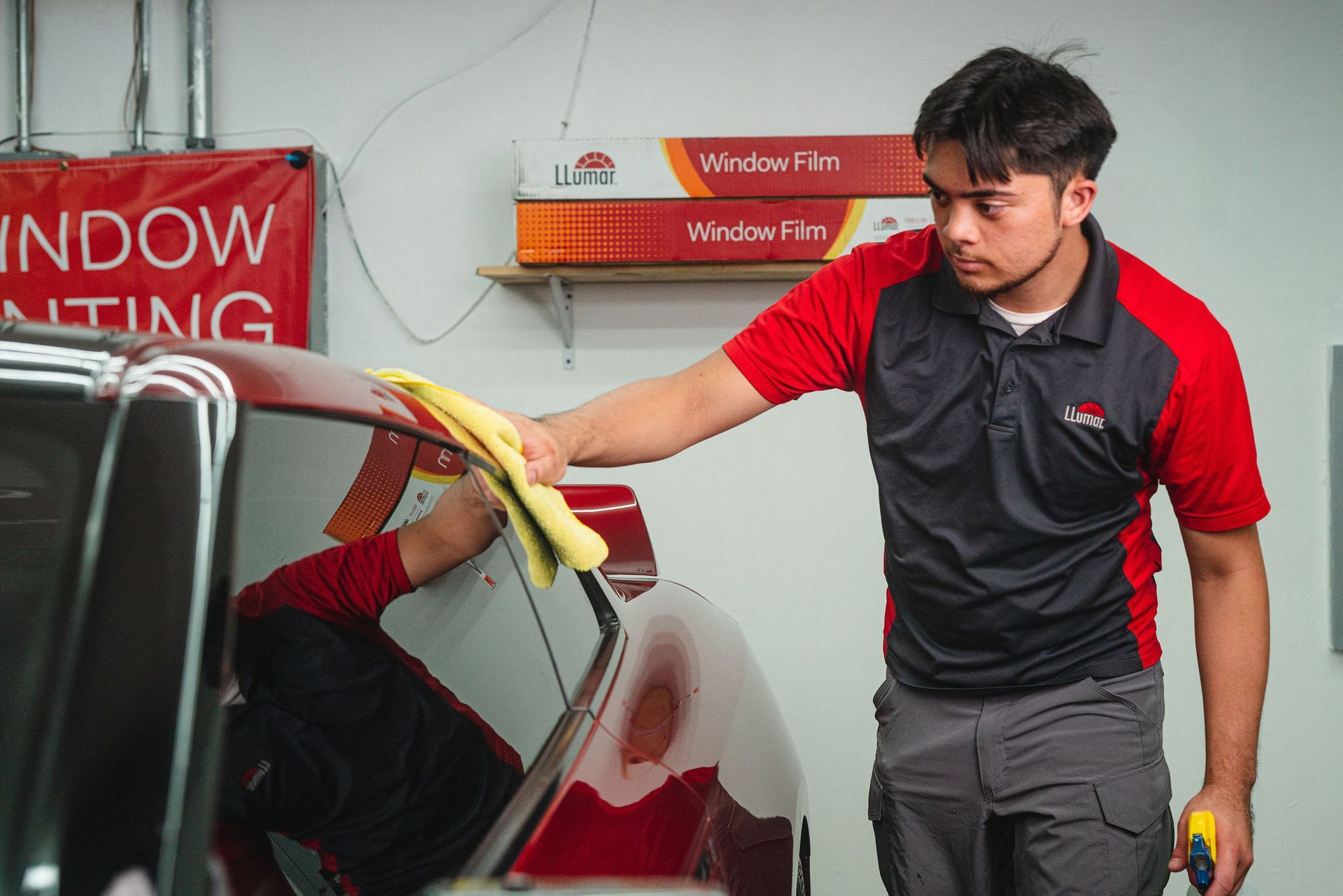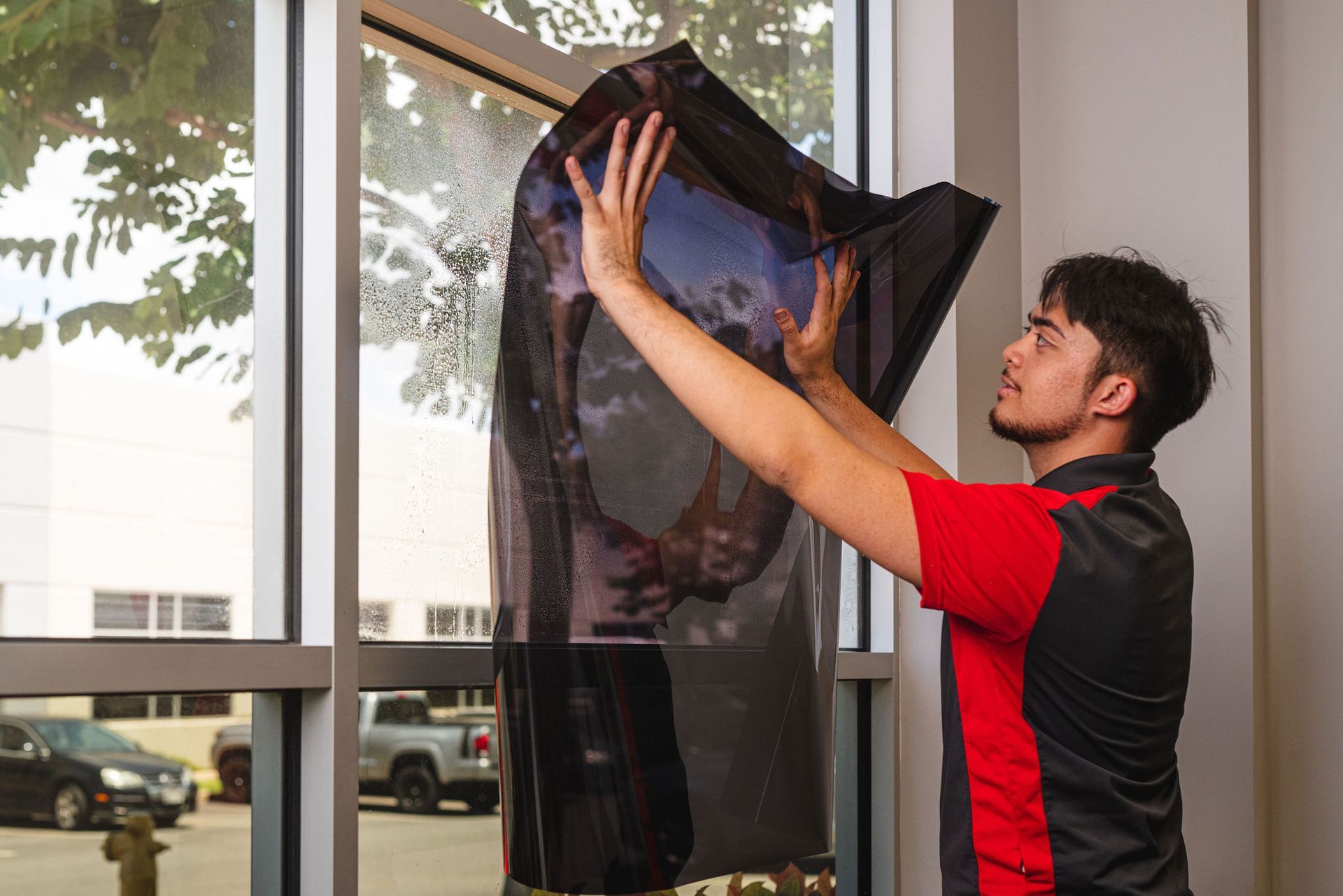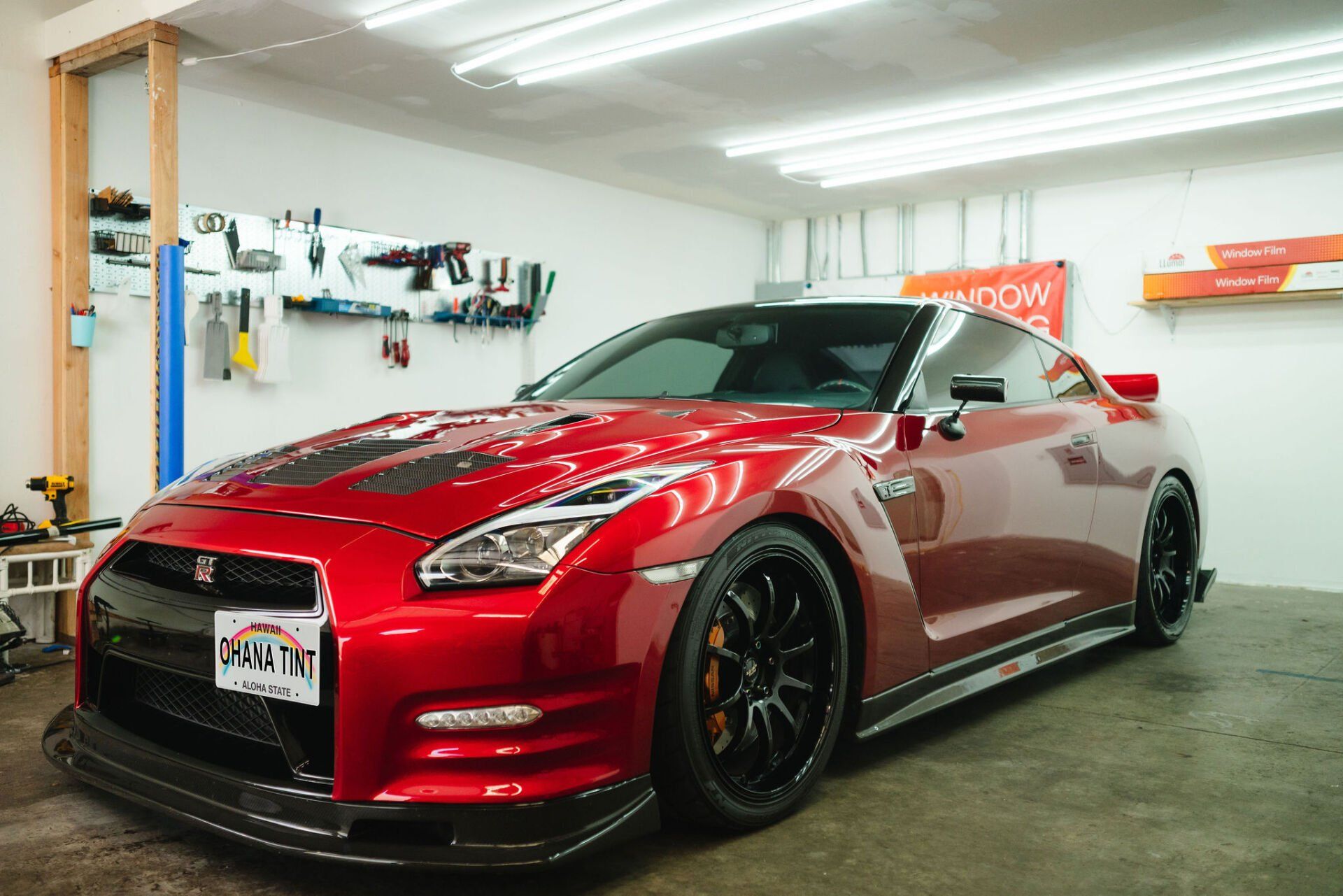How Dark Can Car Windows Be Tinted in Hawaii?
Window tinting increases safety while out on the road, reducing the effects of the sun’s rays and protecting drivers from glare. However, there are few legal limits you need to observe. Learn more about the restrictions below to ensure you follow the law.
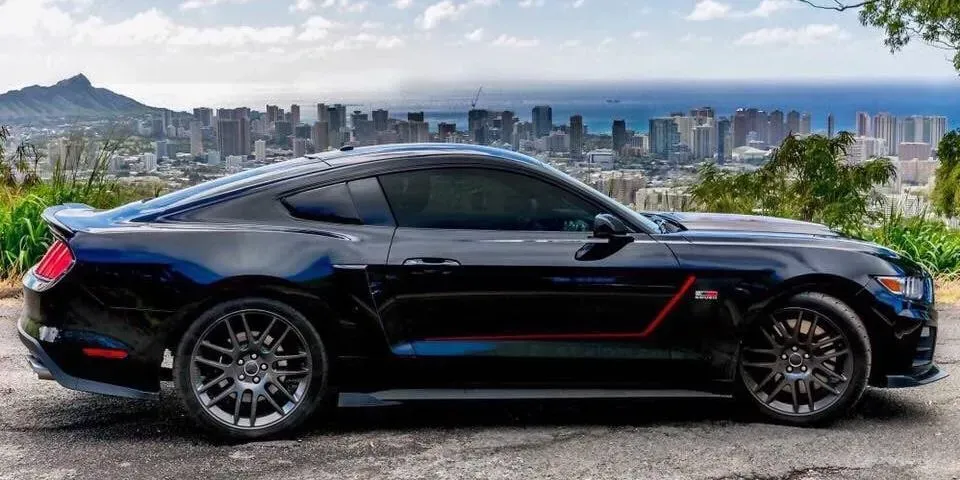
What Are the Requirements for Window Tinting?
Hawaiʻi’s tint rules depend on the type of window more than the type of vehicle.
Front side windows (all vehicles)
- The driver and front passenger windows must allow at least 35% visible light transmission (VLT), with a ±6% variance. In practice, that means anything darker than about 29% VLT is considered illegal. Rear side and rear windows
- SUVs, vans, and trucks: The rear side windows and rear window can be any darkness, as long as the vehicle has side mirrors on both sides.
- Sedans and wagons: Under the updated 2025 law, sedans are now treated the same as larger vehicles. The rear side windows and rear windshield can be any darkness, again provided the vehicle has dual side mirrors.
This is a big change from the old rules, which required sedans to keep all side and rear glass at 35% or lighter. If you’ve had your car for a while, your existing tint may no longer match what’s “typical” under the new law, so it’s worth double-checking.
Windshields
- You may tint the full front windshield only if the glass and film together allow at least 70% VLT.
- You may also have a non-reflective “eyebrow” strip across the top of the windshield, down to the AS-1 line or, if there’s no AS-1 marking, up to 4 inches from the top.
Color and reflectivity
- Tint with mirrored or high-reflective finishes that create a red, yellow, amber, or blue appearance from the outside is now prohibited on any window.
Why Were These Laws Updated?
In 2025, Hawaiʻi passed Act 129 to modernize window tint regulations. The Legislature specifically noted that darker tint can help reduce heat buildup inside vehicles and that the old 35% limit on many windows didn’t fully account for rising temperatures. At the same time, the law aims to keep things safe and consistent for both drivers and law enforcement.
Key goals of the update include:
- Fairness across vehicle types – Sedans now have the same freedom to darken their rear windows as SUVs and trucks.
- Officer safety at traffic stops – If your vehicle has applied tint, you and your passengers are now required to fully roll down tinted windows during a traffic stop, unless there’s a physical disability or mechanical failure, in which case you must cooperate by other reasonable means.
- Clear enforcement standards – The law clarifies allowed light levels, bans certain reflective colors, and formally ties tint checks into the annual safety inspection process.
There are still no medical exceptions written into the law that would allow darker-than-legal tint just because of a health condition. Several bills have been proposed to create medical exemptions, but they have not taken effect as of now.
Can I Tint My Windows to 29%?
For most people, this question really applies to the front driver and passenger windows, because your rear glass can now be much darker.
Legally, the rule is:
- Front side windows must be at least 35% VLT, with a ±6% variance.
- That means the law recognizes that meters and glass can vary a bit, so 29% VLT is the lowest number that can still fall within tolerance.
However, there are a few important cautions:
- Meters and batteries aren’t perfect. If the inspector’s meter reads slightly low, a true 29% window might show up as 27–28% and fail inspection or result in a ticket.
- Tint can effectively darken over time. Added layers (defroster lines, factory tint, or changes in the glass) may slightly reduce VLT as the vehicle ages.
- Different shops and inspectors may measure differently. The law gives a 6% variance to account for all of this, but it doesn’t guarantee that a 29% reading will always be treated as compliant in real-world situations.
For those reasons, while 29% is technically inside the legal variance, we do not recommend tinting your front windows that dark if your goal is to be as safe as possible for inspection and enforcement. Sticking closer to the stated 35% gives you more margin for error.
Remember that with the 2025 changes, you don’t need to worry about 29% on your rear windows anymore—those can be significantly darker if you like that look and extra privacy.
Also, under the updated law, tint installers must give you a certificate of compliance, and you are required to keep that certificate in the vehicle at all times. If you’re pulled over or inspected and the certificate is missing, that can be used as evidence that the tint may not comply.
For more information on tinting laws and practical tips, see our FAQ section, which we keep updated as Hawaiʻi regulations change.
Stay Cool and Legal with Ohana Tinting
Maintain comfort, privacy, and safety on the road by working with Ohana Tinting in Kapolei and Honolulu, HI. Our family-owned and -operated tint shop has provided quality auto, residential, and commercial tinting services since 2013. We stay current on Hawaiʻi’s ever-changing tint laws, back every installation with a manufacturer warranty, and treat every customer like family.
Set up a window tinting appointment by calling (808) 636-6551, or visit our appointment page to book online today.
